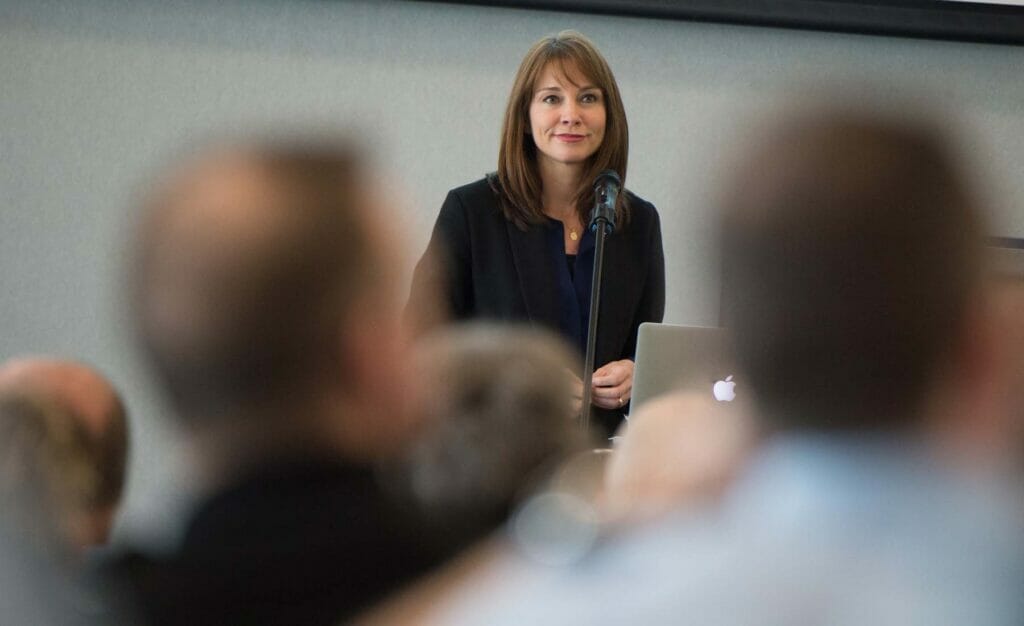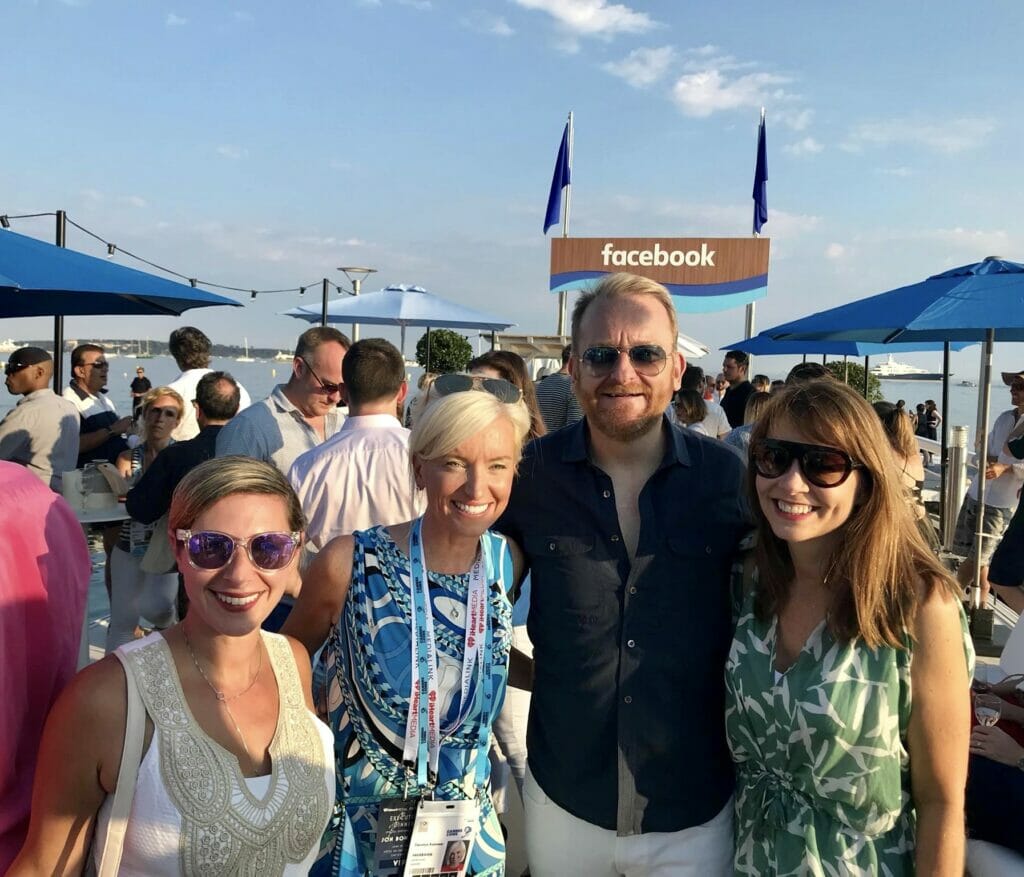
Can you tell me a bit about the motivations behind launching Creative Business Now?
The world’s creative content production industry is one of the many sectors hit hard by the COVID-19 pandemic. Your Creative Business Can Happen Now is a shout-out to the global production and creative community, deeply impacted by extended shutdowns and content delivery delays, that New Zealand’s screen production and CreaTech community has got them covered. The objective of the campaign is to get the global creative content pipeline flowing again by leveraging New Zealand’s first mover advantage to enable international producers and studios to get their projects back in business.
The creative sector, and the workforce in general, has seen a huge shift during lockdown. What challenges has this brought about for creative industries?
Live action screen production was instantly impacted by the COVID-19 pandemic lockdowns with countless screen productions around the world stopping overnight. On the digital production, animation and post-production side, while some meaningful work can be done by people working from home, it’s often a slower process and less than ideal from the point of view of creative concept generation as well as for those needing to meet production and post-production deadlines. Believe it or not, there are some things that can’t be achieved by Zoom call alone!
How do you think the creative sector will move towards recovery? What will be the new normal?
It became very obvious through lockdown that people all around the world turn to creative content as a source of comfort, distraction and as a means of receiving important information during times of crisis as much as – if not more than – they did when life was “normal” and I think we can expect the demand for content to only increase going forward.
Each creative industry has its own opportunities and challenges and many of them are shared across sectors as well as between territories so collaboration is key for our sector – we are strengthened by the collective approach.
Screen media has an annual value of $3.27 billion in New Zealand and that doesn’t include interactive media or games which are both growing industries. We know that interactive media is on the rise and it has enormous value – in New Zealand it has about 39 percent annual growth, so it’s a significant part of the creative sector that will continue to grow.
Aside from this campaign, I am working with WeCreate, the alliance of New Zealand’s creative industries, to help progress the Industry Transformation Plan for the creative sector. This will be an industry-government partnership to grow our creative industries – it is due to be announced soon so watch this space.
How do you address feelings that New Zealand is taking opportunities from other countries?
Many of our international colleagues are still working from home offices and there are key territories not yet able to get back to working at full capacity in their home territory. New Zealand has beaten COVID – we’re now at Level 1 and we’re also safe, stable and we have world-class connectivity. Our goal is to partner with international content makers to get their projects back up-and-running. We are very much job makers, not job takers. We can help to complete part of a project here in New Zealand, thereby ensuring international projects can stay on track and keeping our global colleagues in business.
What are your major hopes and goals for Creative Business Now?
Since launching the campaign at the start of the month, we have already got international jobs starting to come down the pipeline to NZ and we’d love to help more of these international screen production and creative technology projects get back up-and-running. And how fantastic if that global demand means we get more of NZ CreaTech businesses’ phones and emails ringing and pinging. Long term we want to build on our first-mover advantage by ensuring NZ can accelerate a strong robust CreaTech Sector that generates export earnings of $5billion+. This is achievable if we combine the screen sector, interactive media and games industries together and we don’t let this incredible talent and investment fall off a cliff.
COMING HOME?
Resources
We’re here to support returning Kiwi. Here’s our list of resources to help you plan your return and next steps.
Jobs
Looking for a new role in New Zealand? Visit the Kea job portal and find your next career opportunity.

 MENU
MENU












